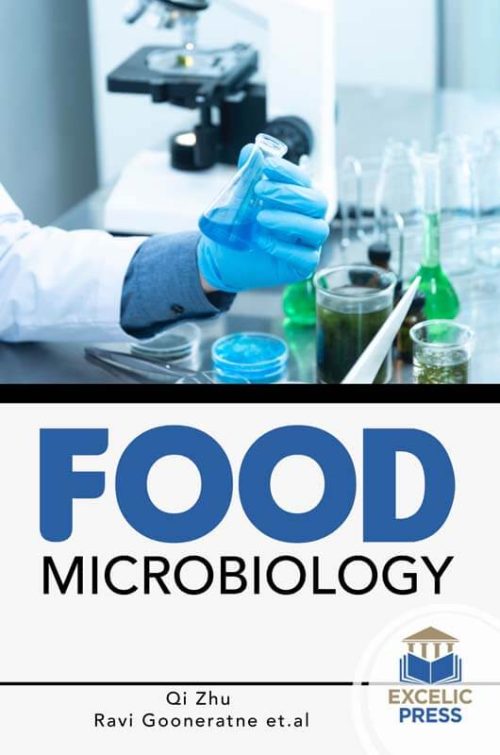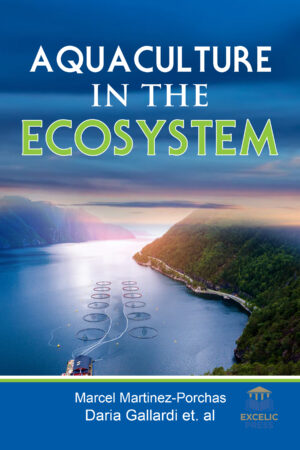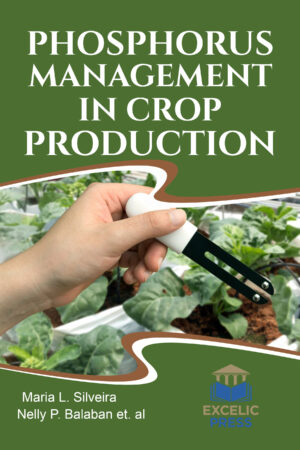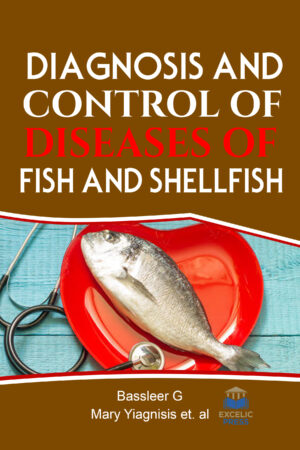Description
Because microorganisms are usually the most important cause of spoilage, obtaining more information on microorganisms will help improve methods for treating and utilizing food waste.
This work highlights the risks of microbial contamination addressing the field’s major concerns, including spoilage, pathogenic bacteria, mycotoxigenic molds, and viruses. The book starts with a focus on fresh produce–associated listeriosis outbreaks, prevalence and survival of L. monocytogenes in fresh produce growing environments, listeria contamination of produce and a brief note on measures that could be used to control or reduce the level of contamination. In recent years, the use of nitrites and sulfites as food preservatives has been a cause for concern due to the health problems that these additives can cause in humans. The natural product is studied as another, however, most of them have hardly been applied within the food trade for technological and economic reasons. In this sense, organic salts like sodium acetate are honest various because of their affordability. Thus, this book evaluated the capacity of sodium nitrite, sodium sulfite, a sodium acetate product, and chitosan to inhibit two important foodborne pathogens, Salmonella enterica, and Listeria monocytogenes. It also focuses on the agent-based model to understand Listeria dynamics in food processing facilities. In succeeding chapters, the book focuses on the determination of Listeria monocytogenes growth during mushroom production and distribution; antimicrobial resistance, virulence determinants, and biofilm formation of Enterococcus species from ready-to-eat seafood; isolation and molecular identification of lactic acid bacteria; microbes associated with freshly prepared juices of citrus and carrots; impact of mode of assumption and food matrix on probiotic viability; and the presence of pathogenic bacteria in ground beef during consumer thawing and food-handling habits. It also critically examines the role of irradiation in a microbial food safety risk to humans associated with poultry feed. This book will serve as an essential guide for food microbiologists in industry and government laboratories, as well as students of food science and technology.





